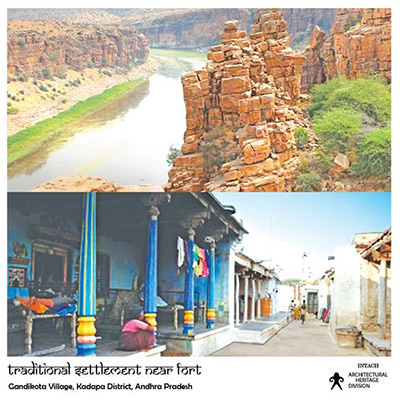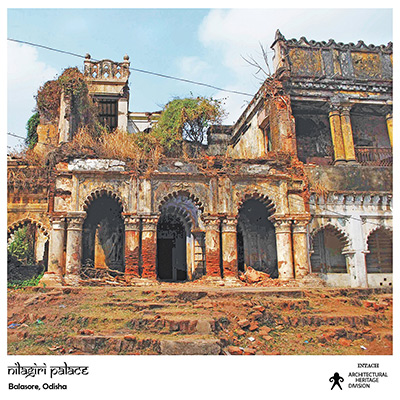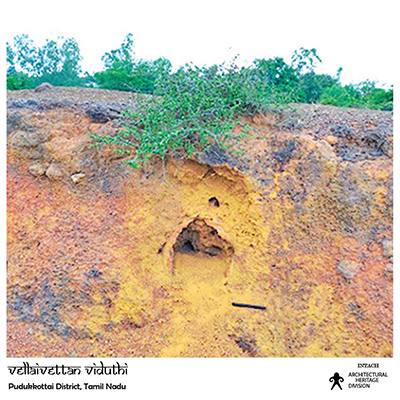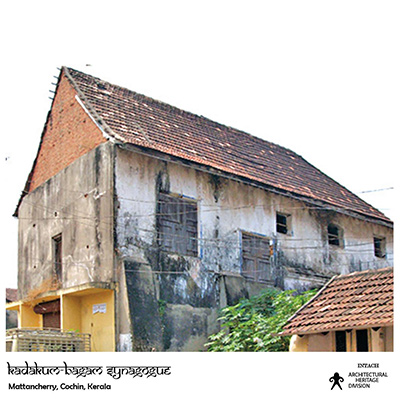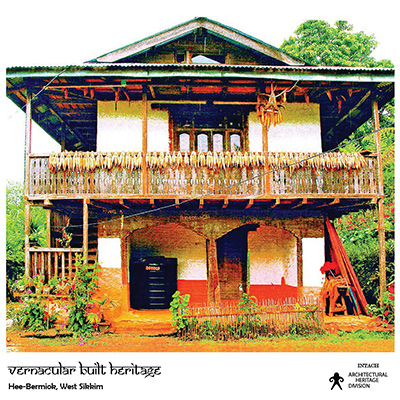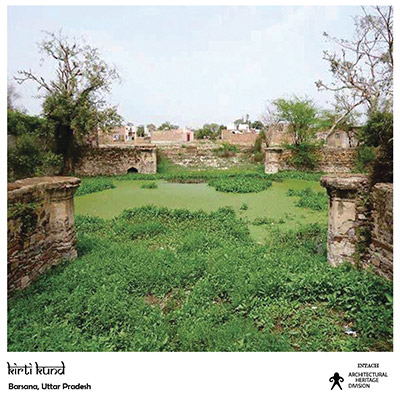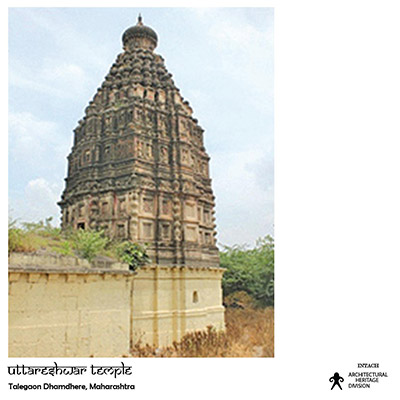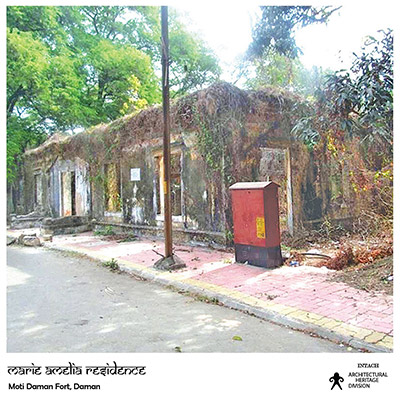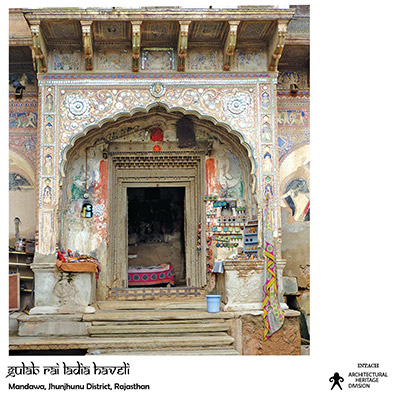H@R 92/365 Nazarbagh Palace (L.E. College) Morvi, Gujarat
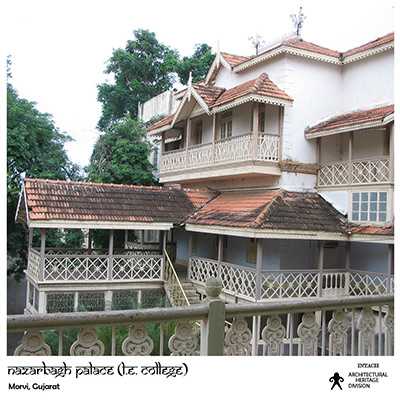
H@R 92/365
Nazarbagh Palace (L.E. College) Morvi, Gujarat
Nazarbagh Palace (known as Lukhdirji Engineering College) was commissioned around 1890s by Sir Waghji Thakore, ruler of Morvi State. In 1954, Maharaja Lukhdhir Sinhji donated the palace in the service of higher education in the country, then being only the second such institution in Gujarat. The building has exquisite craftsmanship. INTACH has written to the departments of R&B and Education at various occasions to stall its constant risk of demolition and offer pro bono services. Abandoned and lacking maintenance, the building is prone to human-induced threats and persistent defilement. Part of it had a fire outbreak recently in 2021. This historic landmark of Morvi requires conserving by all means, to revive its grandeur to once again be the pride of Morvi. Any required college expansion can be done in the adequately available surrounding land, instead of its demolition.



